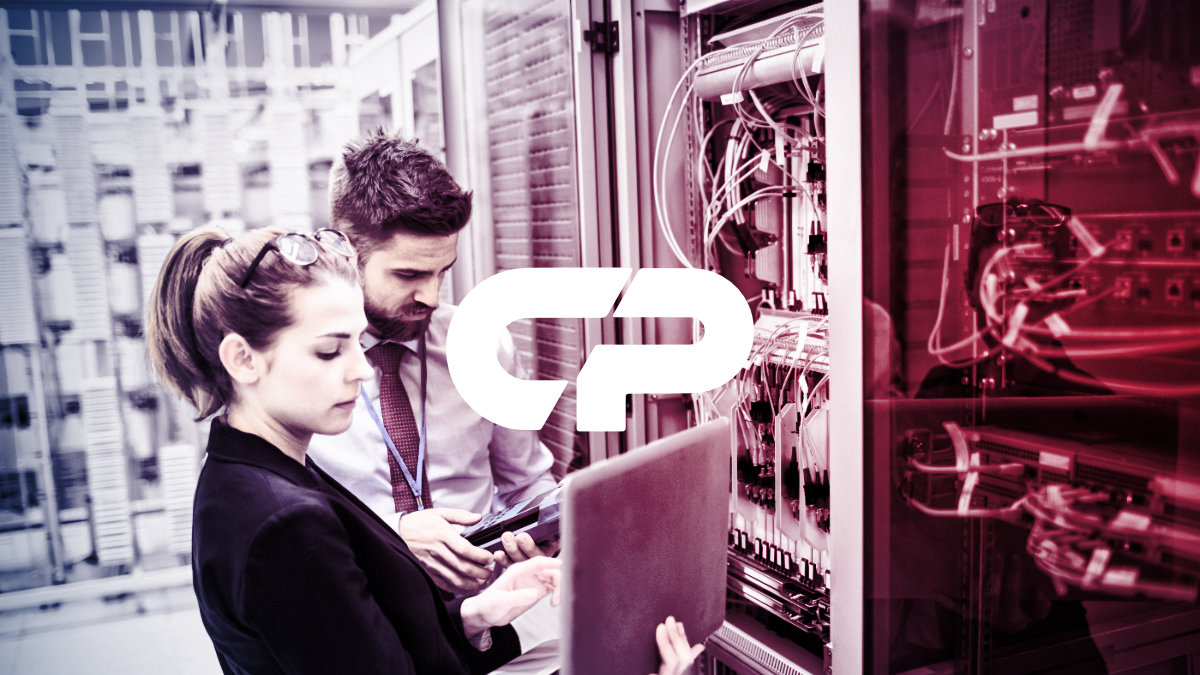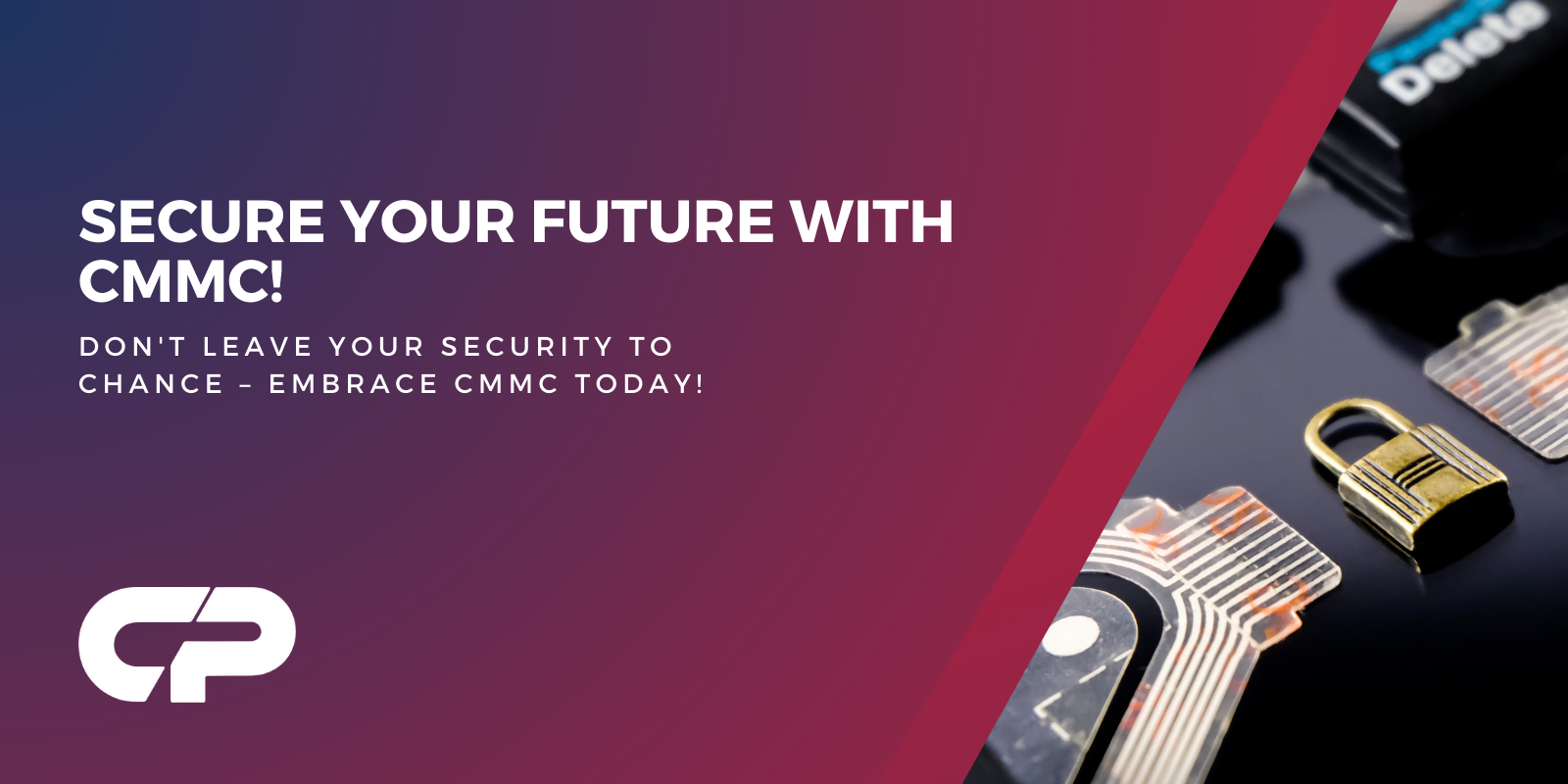CMMC stands for Cybersecurity Maturity Model Certification. As the name implies, it is a strict set of standards and requirements for any company to be regarded as a secure and trustworthy cyber entity. As the world increasingly moves towards digital transactions and online contracts, ensuring that any online data transaction is carried out securely and validly is essential.
While multiple safety standards and compliance regulations are available, CMMC carries a privileged reputation as it was originally designed by the US Department of Defence (DoD). It was created as a unified standard to allow DoD to evaluate their contractors. A more streamlined version, CMMC 2.0, was released in 2021 with goals to reduce costs and lay down the essential cybersecurity requirements. Non-compliance with CMMC can cause serious damage to your reputation, facing penalties and making you liable for huge damages that can occur from data leaks and breaches.
What is CMMC compliance?
CMMC provides a comprehensive set of guidelines and security requirements that companies should follow to undertake any transaction and securely share data over the Internet. Based on the type of data to be handled and the severity that is required in the security measures, CMMC compliance is classified into three levels.
Level 1
This is the lowest level of CMMC 2.0 compliance that is mandatory for all contractors who handle any type of data that is classified as FCI (Federal Contract Information). To meet this level of compliance, you must successfully implement 17 basic cyber security practices, such as allowing only authorized data access, limiting physical access to data stores, identifying and rectifying IT system flaws, establishing security systems to identify and remove malicious content, etc.
Level 2
This level of compliance is expected of all contractors handling information classified as CUI (Controlled Unclassified information ), CTI (Controlled Technical information, ITAR, and export controlled data. This level requires some advanced scrutiny, and you must implement about 110 cybersecurity practices as mandated by NIST SP 800-171 and undertake third-party assessments to qualify.
The third-party assessments may have to be taken regularly every three years, while internal assessments should be taken annually. The basic security practices you must implement include a strong access control mechanism, security audits, configuration management, incident response systems, media protection mechanisms, proper maintenance processes, Physical protection, risk management, recovery solutions, and more.
Level 3
This is the strictest level of compliance for CMMC 2.0 and requires you to adhere to the NIST 800-171 standards and critical elements of the NIST 800-172 security standard. Government agencies will evaluate your compliance assessments for this level. To achieve such higher levels of compliance, you will have to implement more advanced cybersecurity measures and proactive protection systems.
How to Achieve CMMC Compliance
Step 1: Set your compliance goals
Start with the goals as to why you need CMMC compliance in the first place. It helps you keep your systems secure and gives you the credibility to be able to deal with government projects and classified information. You will have to understand the level of sensitive data you will be handling and ensure your security measures are on par with the expectations set by the CMMC standards.
So, the first step to achieving compliance is to start understanding the CMMC requirements and set the goal as to which level of maturity you need to achieve. You can hire security experts who can assess your current security systems and help you achieve CMMC compliance, starting with understanding the requirements and implementing the necessary security practices.
CyberAB is the regulatory body that helps you identify third-party assessor organizations that can help you assess your company against the required CMMC maturity level.
Step 2: Evaluate your data processes and the data you handle
You will need to get a good idea of your data flows and the type of data you will handle. Identify the data relevant to CMMC and see whether it is classified as CUI or FCI. CUI is any information that is created or owned by government agencies. It can be further classified into different levels based on the level of security measures needed to protect them.
FCI is any data or information generated by or handled by a contractor and is associated with the contractor’s service to the government.
Step 3: Conduct Gap Analysis on your security measures
Once you have identified your data security requirements as required for your desired CMMC level, you must evaluate your current systems to see where you are lacking. Gap analysis by third-party evaluators can be more effective and help you gain an objective assessment. On top of that, you should also conduct regular self-audits to ensure that your security implementations are proper.
Step 4: Improve your security system plans and implement them
Once you have identified the gaps in your security system, you should develop and implement improved strategies to qualify for CMMC compliance.
Become CMCC Compliant Now!
If you want to ensure CMMC compliance and are unsure of the direction ahead, contact us today.
CP Cyber: Industry Leaders in Cybersecurity
We’re established leaders in the provision of cybersecurity solutions to businesses of a range of sizes, including large enterprises. No two businesses are the same, and neither are our cybersecurity solutions. We bring the capability that you need to identify and address vulnerabilities within your business, and threats that could compromise it, and use these insights to secure your business. Don’t just take it from us, see what our customers have to say.
Want to create an industry-leading cybersecurity posture for your business? Book a meeting with us today. We’d be glad to meet you, listen to your needs, and offer empowering insights and guidance.



